Description
Overcoming Brain Cancer
The Promise of Photodynamic Therapy and Other Innovative Therapies
Every day, nearly 700 people are diagnosed with a malignant brain tumor. The prevalence of brain tumors among adults in Europe and the United States has risen by up to 40% over the past two decades. For young men, brain tumors are the third leading cause of cancer-related death. Brain tumors are also the second most common type of cancer diagnosed in children, though these early-life tumors tend to be easier to treat and cure.
Overcoming Brain Cancer: The Promise of Photodynamic Therapy and Other Innovative Therapies highlights a new approach to the treatment of brain tumors, one rooted in the astounding cancer-fighting potential of Photomedicine (light-based medicine). Though the therapeutic applications of light date back many centuries, it is only within the past few decades that high-tech developments in laser technology as well as non-laser light have enabled the medical profession to realize the true healing potential of light.
Overcoming Brain Cancer is divided into four parts: (1) Understanding Brain Cancer; (2) Treating Brain Cancer ; (3) Promising Research Directions; and (4) Nutritional Factors for Brain Cancer Control. Parts 2 and 3 will likely attract the greatest attention, as these parts present the various applications of Photomedicine while also explaining how such applications can either enhance conventional treatments or compensate for some of the limitations of those treatments.
Part 1 provides key insights into the nature of brain cancer, its various manifestations and risk factors, and how it is usually diagnosed. This first section spotlights some of the most likely causes of brain tumors, and presents an up-to-date overview of key environmental risk factors, such as radiation, cured meats, industrial chemicals, pesticides, and excessive cell phone use.
Part 2 illuminates the main treatment options for brain tumors. In the standard surgical approach, the neurosurgeon attempts to completely remove the tumor if this is feasible, while also striving to avoid major damage to the surrounding normal areas of the brain. Unfortunately, in many cases, some amount of damage is usually incurred because the surgeon can’t clearly see which tissues are normal and which are cancerous. In some situations, newer surgical techniques such as lasers may be tried; however, these techniques are only effective in special situations, such as having tumors that are clearly visible.
More advanced forms of laser therapy involve the use of photosensitizers (light-sensitizing agents) that concentrate in the tumor tissue and render the tumor-killing effects of the laser treatments far more selective. This brings us to the power and promise of photodynamic therap (PDT). PDT utilizes a light-sensitizing agent (photosensitizer) that selectively accumulates in the tumor. Upon exposure to light, the cancerous tissue is destroyed, and the anti-cancer immune defenses are activated.
Part 3 explains how innovative therapies such as hyperthermia nd hyperbaric oxygen therapy (HBOT) can boost the efficacy of PDT as a treatment for high-grade glioma. Also promising are combinations of PDT with radiotherapy, hyperbaric oxygen therapy, hyperthermia, and anti-angiogenic agents. Finally, the blending of PDT with immunotherapy, also known as immuno-PDT, entails low-dose PDT with substances known as immune adjuvants. These and other immune-related strategies (e.g., Photoimmunotherapy and Systemic Light Treatment) could have profound potential for overcoming brain tumors.
Flourescence-guided surgery (FGS) receives most of the spotlight in this ebook because of its proven efficacy against gliomas and other brain tumors. It now appears that using tissue fluorescence during glioblastoma surgery is a more sensitive and effective strategy than either contrast MRI or amino acid positron emission tomography (PET scans). Indeed, a combination of PDT and FGS may soon be considered the neurosurgeon’s first choice for the treatment of infiltrating high-grade gliomas.
An excerpt from the book:
“From the conventional standpoint, surgery is considered to be the most critical step for effectively treating malignant gliomas. However, full surgical removal of the tumor is technically not feasible due to the tumor’s ability to infiltrate or invade normal brain tissue. Cutting into the normal tissue can lead to considerable harm to the brain. The consequences of this may include severe cognitive deficits and behavioral changes, sometimes even resulting in a major and deleterious alteration in the patient’s personality.
“In addition, recurrences of gliomas occur 95% locally, that is, very close to the site of the original tumor. This could suggest that surgery itself triggers a process that sparks the recurrence. Also, the brain presents several key barriers to successful treatment—in particular, the location of the tumor and its relative accessibility for surgical removal. That location can also affect the success of radiation treatments…. A sufficiently high [radiation] dose must be given to kill the tumor. On the other hand, if the dose is too high, it will damage the adjacent normal tissues and structures of the brain.
“A number of clinical studies—including several randomized trials—have indicated that Fluorescence-Guided Surgery (FGS) is superior to standard neurosurgery for the treatment of malignant gliomas. A considerable delay in relapse has been shown for brain cancer patients who undergo FGS/PDT, and this approach may greatly reduce the need for toxic chemotherapy that has limited efficacy. No other strategy enables the surgeon to actually see the malignant tissue in real time (during the operation).
“The versatility of this method is that the surgeon can then better determine how much should be cut directly, and how much should instead be treated using either PDT or radiotherapy, or both. Particularly in the case of inoperable glioblastoma, this integrative approach offers real hope for extending life rather than simply telling the patient that nothing more can be done.”
With no clear standard of care for advanced, high-grade brain tumors, the innovative FGS/PDT strategy described in this ebook could emerge as the treatment of choice in the years ahead. This versatile approach increases the probability of a complete remission, a reduced risk of relapse, and a better overall survival and quality of life for patients with both newly diagnosed and recurrent brain tumors.
Finally, the ebook points out that the implementation of FGS/PDT is much simpler and less expensive than other types of neurosurgery for brain tumor patients. At this time, the use of 5-aminolevulinic acid for FGS brain surgery has been approved in Europe, Canada, and Japan, but not in the United States. As more evidence accumulates, and as the high cost of cancer medicine continues to ignite intense debate among policymakers and hospital administrators, it will be hard to ignore the power and promise of this approach.
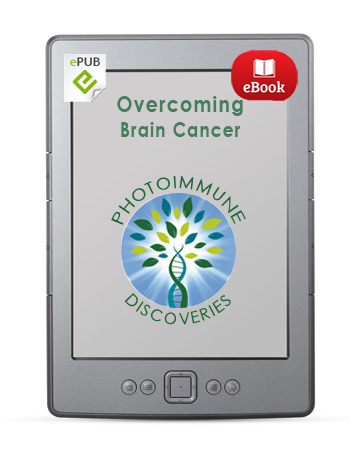
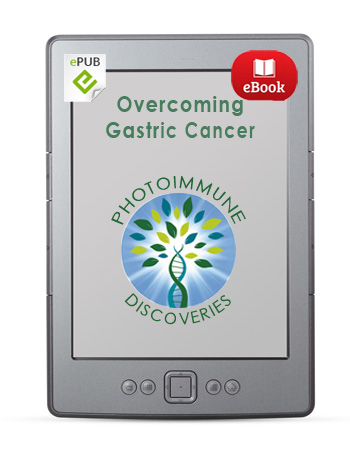
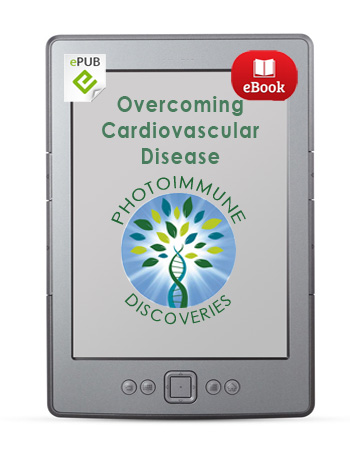
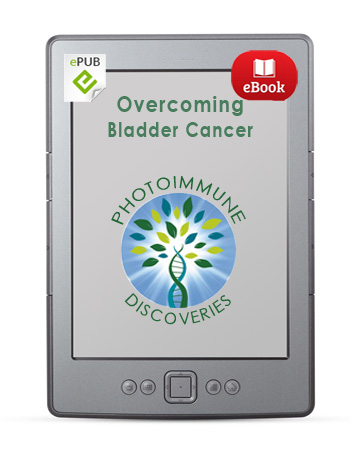
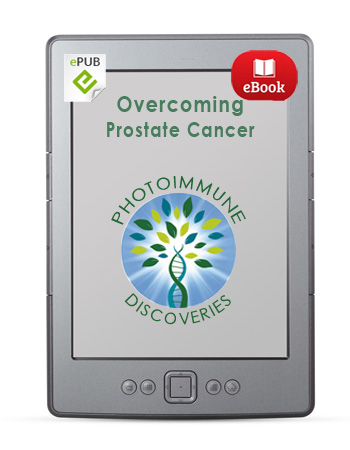

 English
English Français
Français Deutsch
Deutsch Nederlands
Nederlands